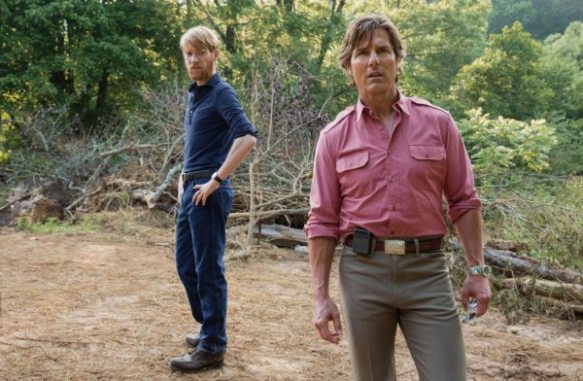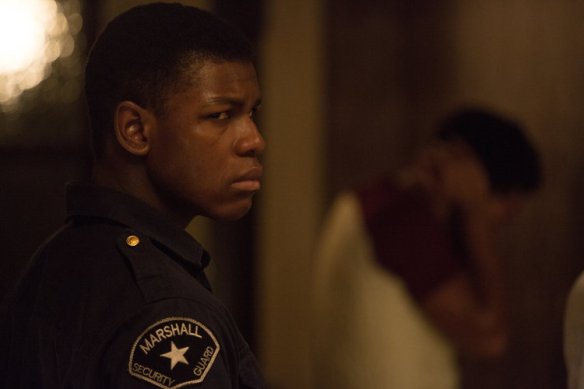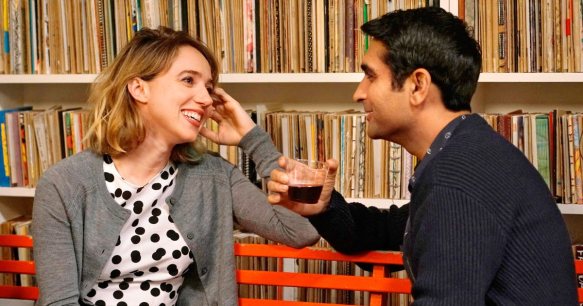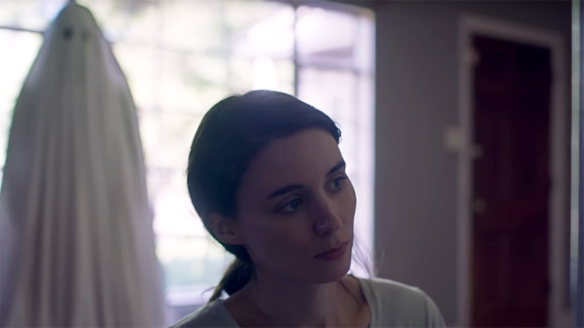
Tom Cruise gets back to his roots (sort of) in Doug Liman’s American Made. Very loosely based on a true story, the film tells of Barry Seal, a TWA airline pilot involved in small-time cigar smuggling, who was recruited by the CIA in the late 1970s to fly photography reconnaissance missions over Central America. Approached by Pablo Escobar et al at the same time, Seal decides to run drug deliveries on the side, and is surprised to find his criminal activities ignored and even assisted by the CIA, in return for adding gun-running to aerial photography. Soon he’s making so much money he can’t even find places to store it. But eventually and inevitably, such reckless, life-endangering activities come with a price.
The arrogant, selfish yet oddly charming, adrenaline-fuelled risk addicted character of Seal fits Cruise like a glove, and it is he who really makes the film work. I was definitely reminded of his early roles in the likes of Top Gun, Cocktail and so on. The rest of the cast are good, particularly Domhnall Gleeson as Seal’s CIA handler “Schafer”, and Sarah Wright does very well in the fairly thankless role as Seal’s wife Lucy.
Liman directs with deliberately scraggy, hand-held flair, especially in sequences where Cruise himself is flying aircraft. At one point when Cruise leaves the plane on autopilot for a low level drug package drop, it’s fun to watch knowing the stunts were done for real. In fact, the whole confection is a gloriously entertaining, fast-paced ride that stylistically reminded me of Goodfellas in places, though without any of that film’s Faustian depth. Underlying themes of corruption, greed and the dark side of the American Dream aren’t really explored in anything more than a superficial manner, despite the presence of news footage and other archive material here and there, but the film is such a blast it hardly matters. I should probably add the usual warnings for swearing and sexual content here too, for those who appreciate them.
In short, whilst hardly likely to change the course of cinema, American Made is a satisfying and very enjoyable romp held together by Tom Cruise’s grinning performance.








